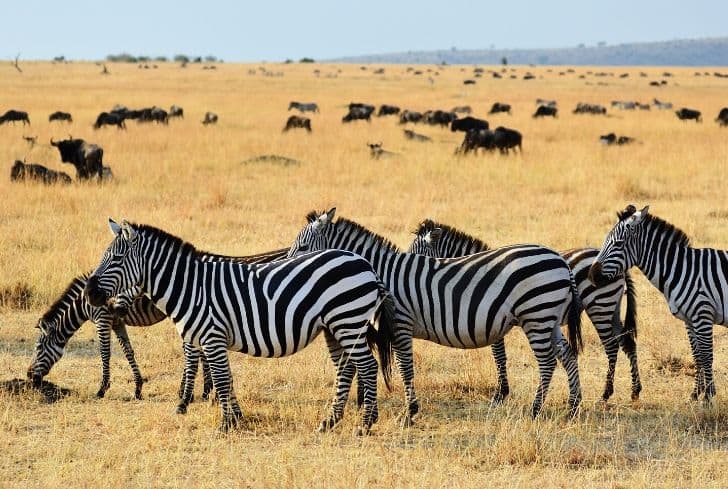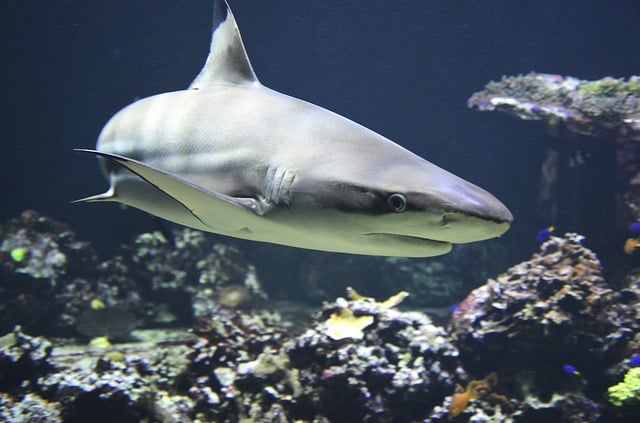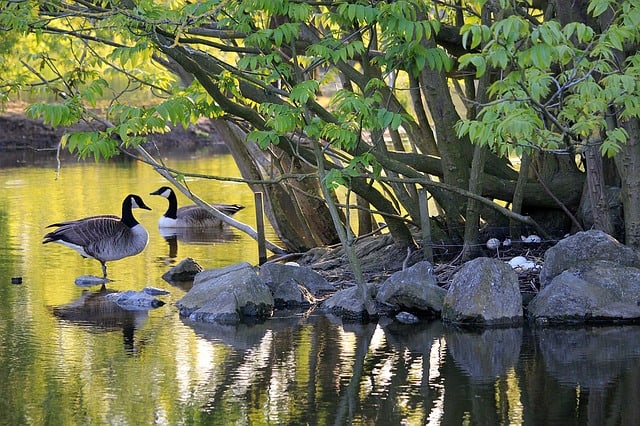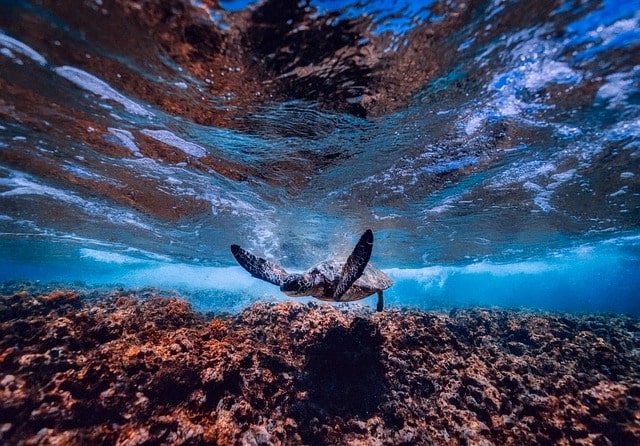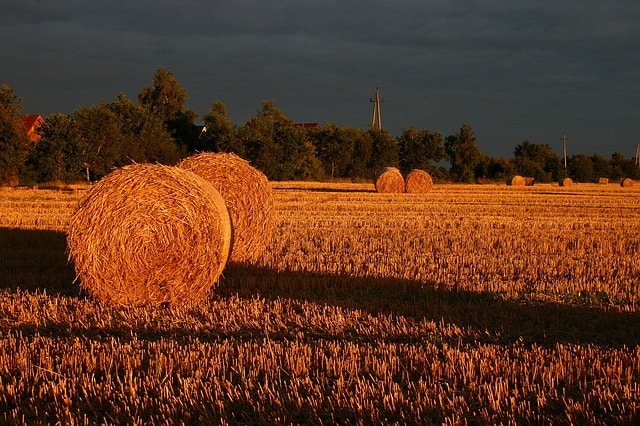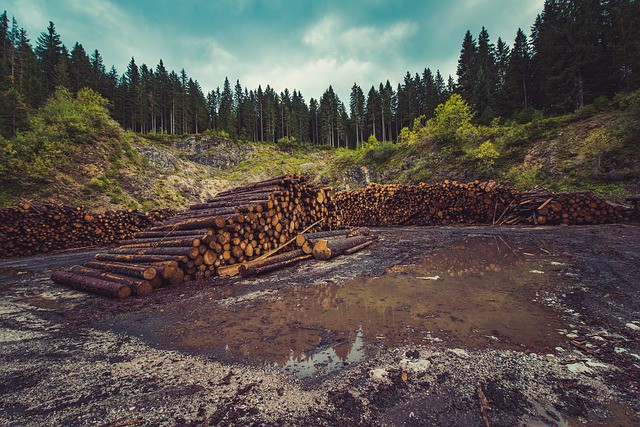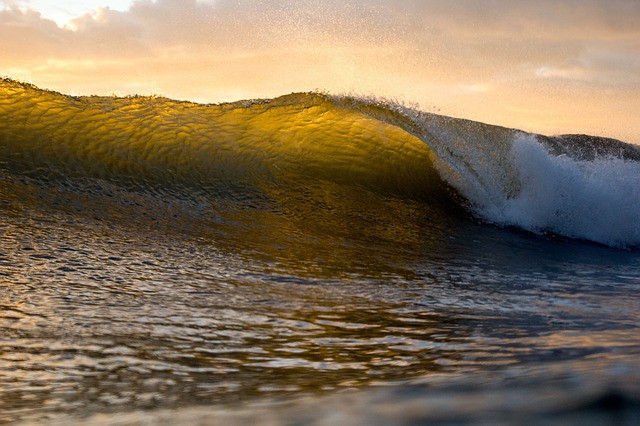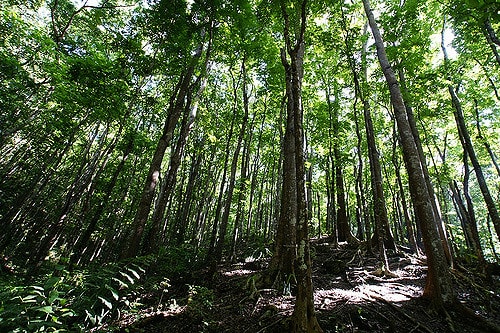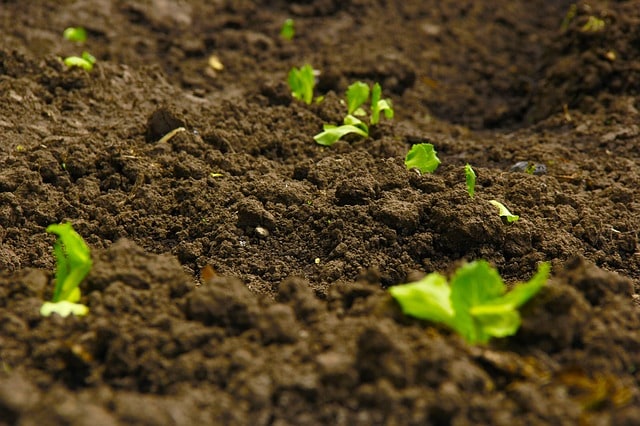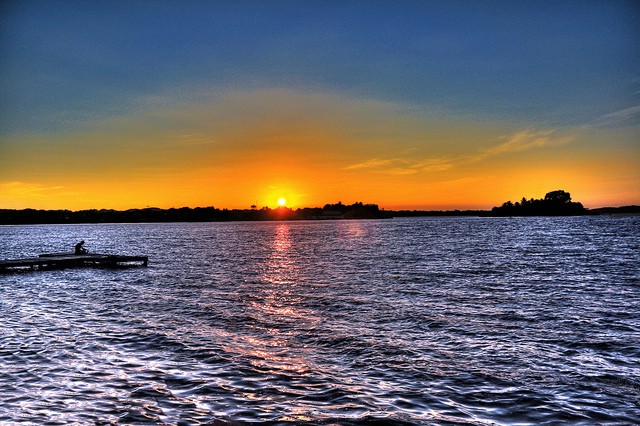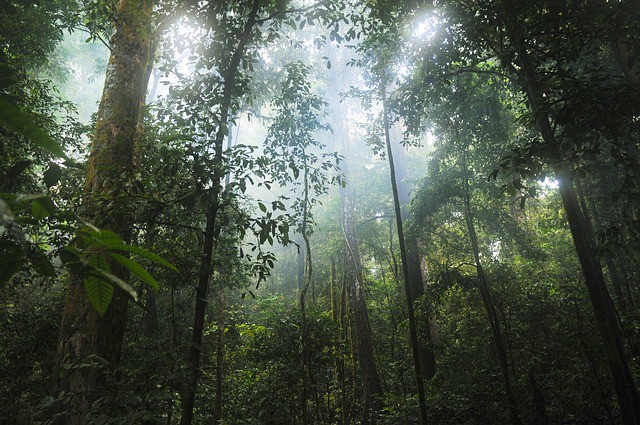Wildlife Sanctuaries: Importance and How Do They Help the Wildlife?
Wildlife sanctuaries are those areas where animals and plants are well-protected from external disturbances. These sanctuaries call for the complete prohibition of capturing or poaching animal habitats. Their goal is to establish a comfortable environment for the animals inhabiting the area. Several wildlife sanctuaries like the Black Beauty Ranch of Texas or the Duchess Sanctuary…

